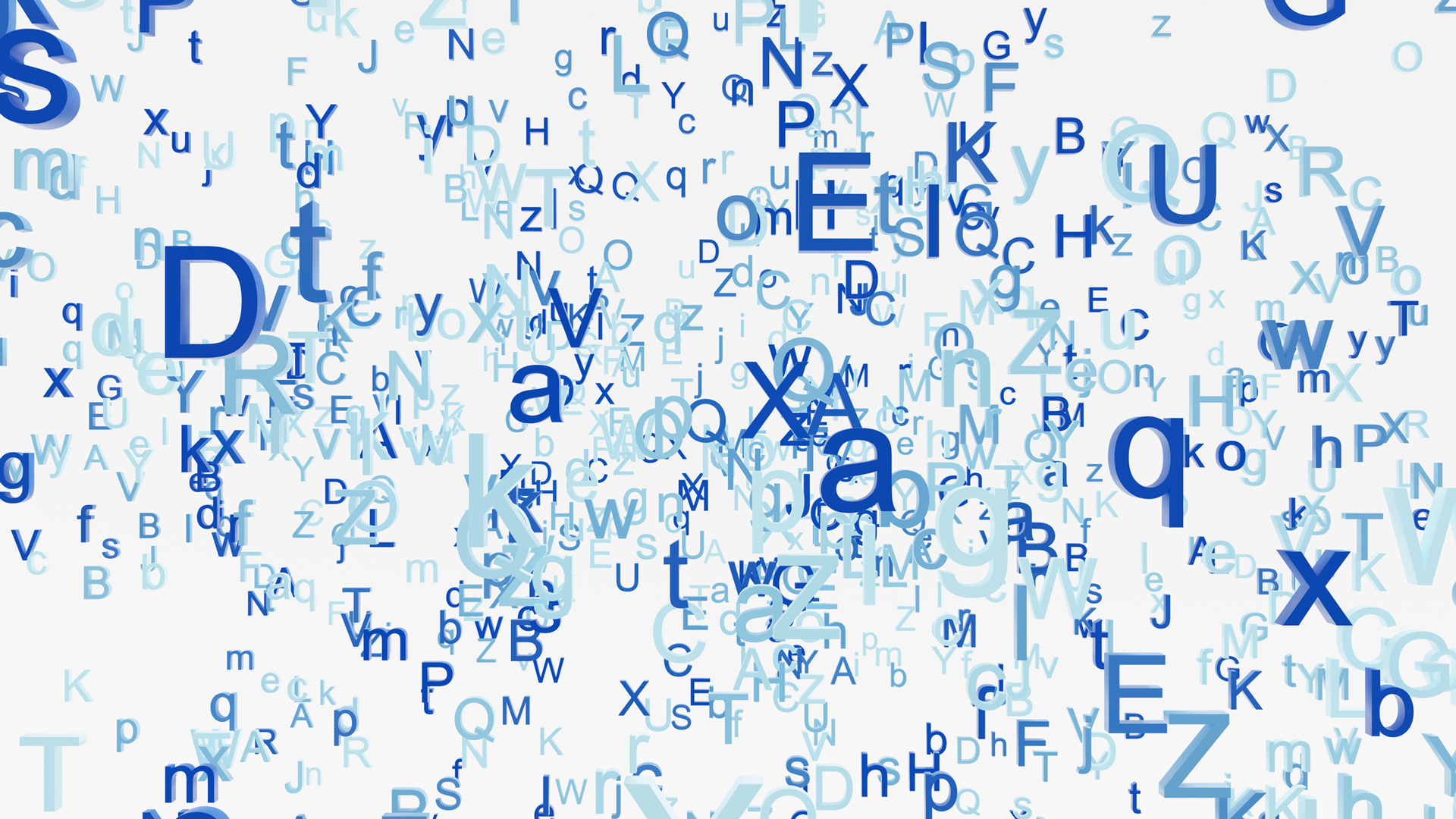
When brands went digital, it transformed the type industry and mainstreamed type. First, it created a whole new market for typefaces, and lots of opportunities for typeface designers.
Most of this comes from the need for recognisable and legible typefaces for use on websites and in apps. This in turn required new font licensing and business models for selling type to brands for use in these new digital spaces.
Brands going digital created a new market for typefaces, and for type designers. In response to this new demand, the tools for making digital type got better and the process got faster. We are now at a stage of unprecedented abundance in the type world. There is a lot of fonts to choose from (as many as 1.1 Million by some measures).
But despite the huge numbers, there isn’t an even spread of options across all styles of typefaces. There seems to be an endless stream of Neo Grotesque and Geometric sans serif typefaces coming out every week. At the same time, we see comparatively less new serif designs, and even less experimental designs. This bias towards certain genres of typefaces reflects the zietgiest. Clients and designers want sans serifs, mainly.
With this abundance comes also a lot of variation in quality
With this abundance comes also a lot of variation in quality. The tools for making type may have become easier to use, and more accessible, but truly original and good ideas for typefaces are still rare. And just as rare is expert craftsmanship. It takes time and a lot of practice to become a really good typeface designer.
Brands becoming digital created more demand for certain styles of typefaces, and with that came an unprecedented abundance. But, truly exceptional typefaces are still rare, so in a way it changed everything and nothing, at the same time.
This article was produced as part of Typography Week, held in association with Monotype.







